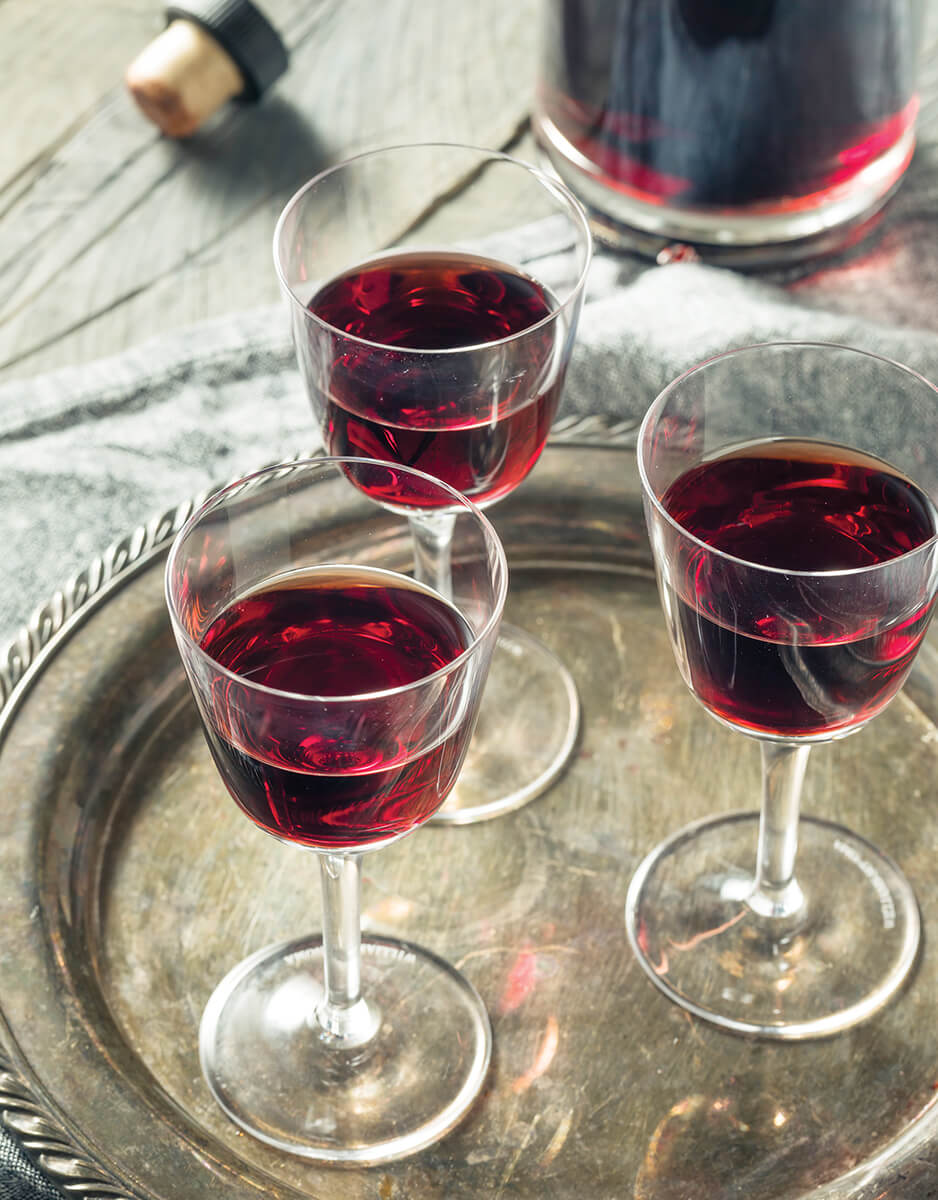Back in 2008, pink port was supposed to become the next big wine trend. Then white port on the rocks. Then port as a cocktail ingredient.
Edmonton has seen a few port trends come and go. All seemed to fizzle pretty quickly, but there remains a niche, steadfast place for port on local wine menus.
“People love port once they try it,” says Glenn Quinn, co-owner of Tzin Wine & Tapas. “It’s the easiest thing to pair too. It knocks your socks off if you’ve never had a good Tawny with a piece of chocolate before.”
Tzin always has a couple of ports on its menu, as they pair perfectly with the restaurant’s desserts. Quinn notes that even though the port is well received, it’s usually only ordered as a recommendation.
“Anyone under 40 is not going to be ordering much port until you introduce them to it,” he says. “But I would say younger people are more willing to try it and they are enjoying it.”
Lino Oliveira, chef of Sabor and Bodega, tells a similar story. He lists about a dozen different ports on the restaurants’ wine menus, as they’re natural matches with the Portuguese-influenced cuisine.
“We can sell the hell out of port,” Oliveira says. “We have some ports on our menu that are $30 or $40 for a couple ounces, too. But it’s something we mostly recommend, with the exception of the few people who are port drinkers.”
True port comes from a small, demarcated region in Portugal’s Douro Valley. It’s one of the world’s first official wine appellations. This rich history is part of what makes port fascinating, but also contributes to its old-fashioned image.
If there’s going to be any sustained port “trend,” Oliveira thinks it will be the younger generations who are inheriting traditional port houses and injecting new energy and ideas into the industry. At the time of writing, Sabor lists ports only from a single port house, Quevedo, which is an example of this phenomenon.
“The new generation has started creating even better products using modern winemaking technologies,” Oliveira says. “They have started marketing these wines and getting their names in Wine Spectator and other magazines.”
